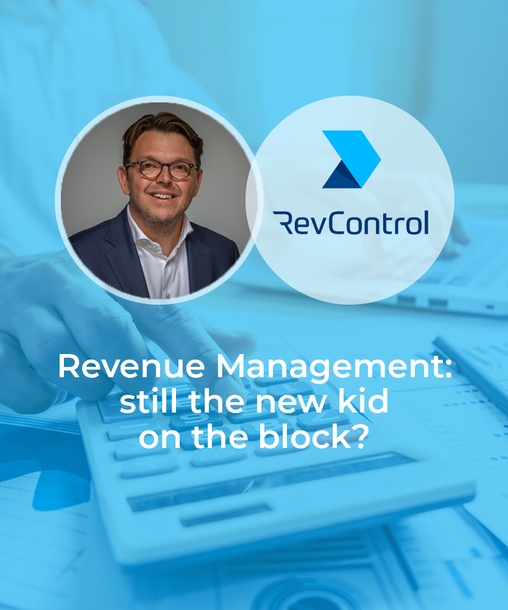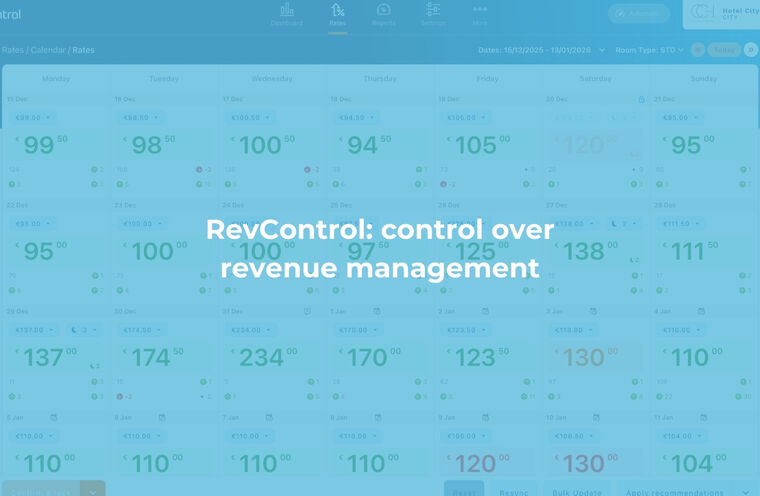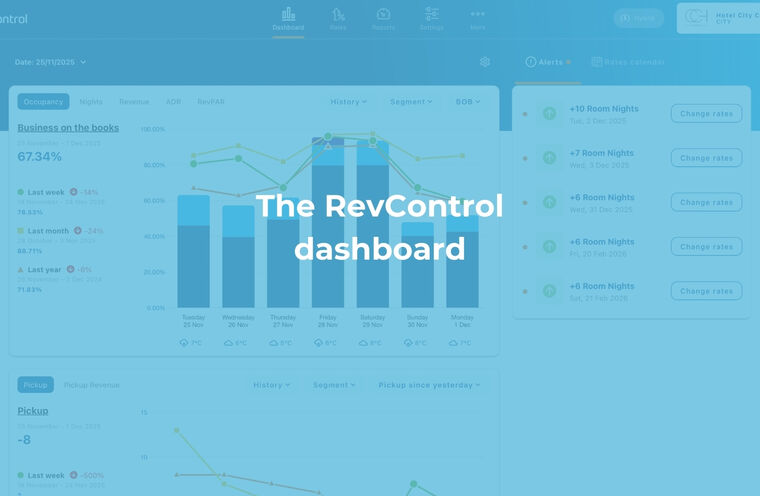 This article has been written by Stan Josephi, Senior Lecturer of Hotel Management at Breda University of Applied Sciences (BUAS).
This article has been written by Stan Josephi, Senior Lecturer of Hotel Management at Breda University of Applied Sciences (BUAS).
LinkedIn Stan Josephi
Website BUAS
Revenue Management: still the new kid on the block?
When revenue management was first introduced to the hotel industry in the early 1990s, it caused a paradigm shift in the way hotels looked at and handled pricing. Now, almost 30 years on, revenue management has established itself as an indispensable management discipline for the optimization of a hotel’s revenue potential, but with the increasingly rapid technological advancements and the increased availability of (customer) data to better inform revenue management decision-making, the question begs how much has changed over the years? Is revenue management (RM) fundamentally different from 30 years ago? Or is it still about handling the traditional marketing 5 Ps:
- selling the right product
- for the right price
- to the right person
- in the right period
- and at the right place (= channel)?
Perhaps it still is, and therefore it can be argued that the essence of RM has not changed that much, and still focuses on managing aforementioned Ps for optimizing the revenue potential of a hotel. Yet, RM application nowadays is significantly different and increasingly more complex, as much of the decision-making process is automated and informed by large volumes of data. But more about that later!
The evolution of revenue management over the years
But first things first, given the obvious changes in its day-to-day application, let’s have a look at how revenue management has evolved. Before we got to know revenue management in its current shape and form, it was introduced into the hotel industry as yield management. And although some people still distinguish between yield- and revenue management, with yield only being used in periods of high or excess demand, most people (including the author) use the terms interchangeably. The early definitions of RM were focused on optimizing top-line revenue within the rooms department of a hotel, whereby the revenue manager allocated a restricted number of rooms at discounted rates to different segments in order to protect sufficient rooms for higher-paying guests. In other words, the hotel's business mix was leading, and the question that needed answering was ‘how many rooms to sell at a discounted rate’, commonly known as capacity management.
However, with large volumes of customer- and market data from a variety of sources available to inform the hotel’s forecast and subsequent optimization decision-making process, the question that needs answering nowadays is first and foremost what is the right price for which the hotel can sell its rooms. To support this shift towards price optimization, early indications are that hotels are slowly moving away from Best Available Rate pricing (BAR), as this is restrictive in the number of price points hotels can offer. Ideally, based on the available customer data, the hotel would like to offer each customer the perfect match between product and price, which could imply that each guest pays a different price. Indeed, open pricing, or personalized pricing is not too far away anymore, and most revenue management systems are equipped for this pricing approach already. And since price is still considered as one of the most important levers to balance supply and demand, many hotels are therefore investing in revenue management software and systems to support the RM team with the analysis and decision-making process for getting it right.

The road towards Total Revenue Management
To add to this ever-growing complexity, RM decision-making is no longer focused on a single revenue stream in the organization. After all, one would be happy to sacrifice part of the potential profit of a booking in the rooms department, in exchange for a larger contribution in another department like meetings & events. But the way that most hotels are structured, in silos, each department is working towards achieving its own goals. So, the logical question from the F&B manager in the weekly revenue meeting about the package that has been created for the upcoming Easter weekend, addresses how much of the rate is allocated for breakfast. And if hotels continue to evaluate departments on individual, and at times even conflicting goals, this makes perfect sense. And unfortunately, this example is easily transferred into the commercial domain, for example when the timing of marketing campaigns is not aimed at addressing specific need periods that have been flagged up in the demand forecast created by the revenue management team. Or when corporate bookers cannot book the company rate negotiated by the hotel’s sales team, because their rate has a minimum length of stay restriction, or because the entire rate level has been closed by the revenue manager. Fortunately, we see that the more holistic approach to RM is supported by a restructuring of the commercial domain of hotels, whereby sales, marketing, distribution, and RM are working much more closely together, with the combined efforts increasingly geared towards providing a seamless experience across all stages of the customer journey.
The changed role of the revenue manager
Pivotal to the success of the integration of the departments mentioned above, with some hotels having labelled it as the demand management department, are automation, technology, and access to data. And for the latter, we are not just talking about the buzz words “big data”, but merely about carefully collected reliable, useable, actual, and therefore valuable data (and many more V’s can be added to classify data). Since collecting, processing, analysing, synthesising, and storing large volumes of data can be a costly process, it needs to be decided up-front what data needed to inform the RM decision-making process is relevant.
It is beyond the scope of this blog, if at all possible, to compile a conclusive list of internal and external data and information used by revenue managers, but some of the most frequently used historic information includes booking pace and pick-up, segmentation, business- and channel mix, lead-time, total demand, and of course benchmarking the most important KPIs for assessing the performance of the hotel.

Because revenue managers often move backwards and forward between the various elements underlying the process of revenue management (e.g., analysis, forecasting, optimization, and evaluation), it is impossible to depict revenue management as a linear process. Still, three different stages can be identified: strategic, tactical, and operational. Much of the tactical and operational decision-making (forecasting the hotel’s demand and optimization of rates and availability) should ideally be automated by revenue management systems, making it merely a process of trial & error for the revenue manager. Once tactics and operational decisions (e.g., opening and closing of rates) have been put in place, they should be closely monitored, and if the pick-up develops according to plan, do not spend a lot of time on it. However, if the system indicates the situation has changed, because the pick-up is unexpectedly higher or lower than forecasted, or if the competition has made significant changes to its rates, it is time to review that day that has been flagged up and if needed, revise the decisions. So, as a result of the increased degree of automation of the revenue management process, time is freed up for the revenue manager to be more strongly involved in the strategic phase, and decide on the positioning of the hotel, as well as the different rate types and distribution channels that will help the hotel reach its target audience.
The need for a revised definition of revenue management
To conclude, it is obvious that the balance between art and science, in other words the intuition and human component versus revenue management systems, is shifting towards more science and technology. In addition, the optimization of the hotel’s revenue potential should include all revenue streams of the organization and the underlying decision-making process is increasingly informed by large(r) volumes of internal and external data. And with capacity management having been replaced by more advanced techniques and applications for price optimization, that take the cost of distribution and customer acquisition into account, the definition that best reflects the current state of revenue management in the hotel industry is therefore:
The art and science of optimising total contribution of an organisation’s multiple revenue streams by controlling price and availability of products in line with the strategic direction [and ambitions] of the organization




